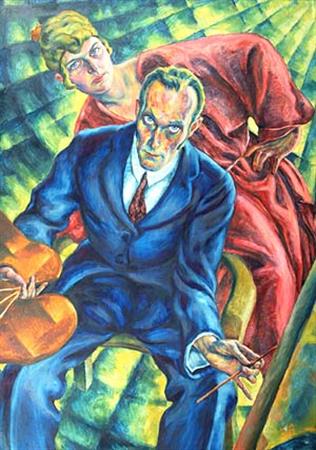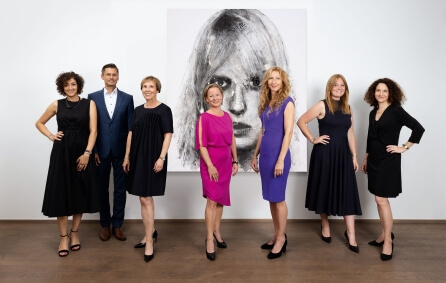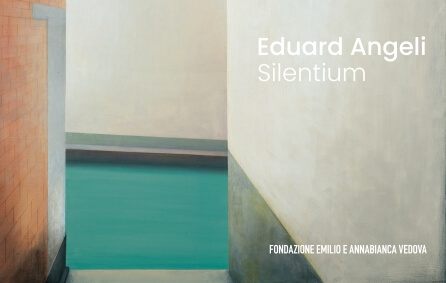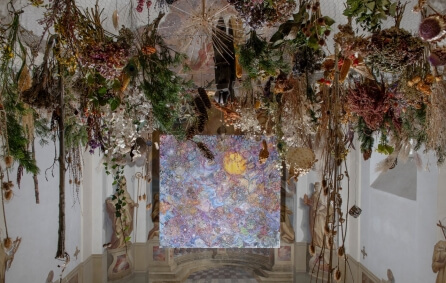
Ernst Nepo
The following artworks are for sale
Biography

Ernst Nepomucky - he did not change his name to "Nepo" until 1920 - was born in Dauba in Bohemia in 1895. In 1909 he went to the School of Applied Arts in Teplitz-Schönau, where he became friends with fellow student Rudolf Lehnert. In 1913 he moved to Vienna to the School of Applied Arts to Alfred Roller, Adolf Böhm and Oskar Strnad. During World War I, Nepo did his military service in the 1st Tyrolean Imperial Regiment in Galicia and on the southern front. After the war he settled in Innsbruck as a freelance artist. Together with Rudolf Lehnert, who had also moved to Tyrol at the end of the war, he moved into a studio in the Mühlau district, where his former military friend Alfons Schnegg had also settled. This community of artists, which also included Herbert Gurschner, is known as the "Mühlau Circle". In 1925 Nepo, together with Rudolf Lehnert, Alfons Schnegg, Wilhelm Nikolaus Prachensky and others, founded the artists' association "Die Waage" (The Scales), which saw itself as the antithesis of the conservative "Künstlerbund" and the "Heimat" as a platform for new art in Tyrol. With the traveling exhibition "Tyrolean Artists" organized by the "Waage" artists, in which Albin Egger-Lienz also participated, contemporary Tyrolean art was shown with great success throughout Germany. In 1927 Ernst Nepo became a member of the Vienna Secession. During World War II he was called to military service on the Russian Arctic Front, where he first developed a rheumatic disease that would later severely affect his health. The artist became known for numerous portrait commissions, as well as monumental murals in public areas such as Innsbruck's Theresienkirche. From the 1960s he was barely able to work due to his rheumatic disease and died in Innsbruck in 1971. Today, Ernst Nepo is considered one of the most important representatives of New Objectivity in Austria and, along with Albin Egger-Lienz, Artur Nikodem and Alfons Walde, is one of the pioneering artists of Tyrol.
Ernst Nepo's artistic roots lie in Art Nouveau and Symbolism - parallels to Ferdinand Hodler and Giovanni Segantini are worth mentioning here - as well as in an early Color Expressionism. His oeuvre, however, is also characterized by his involvement with international currents such as Cubism and Futurism. From 1920 onwards, Neo-Saxon tendencies increasingly flowed into his work and subsequently made the artist one of the main representatives of this style in Austria.



